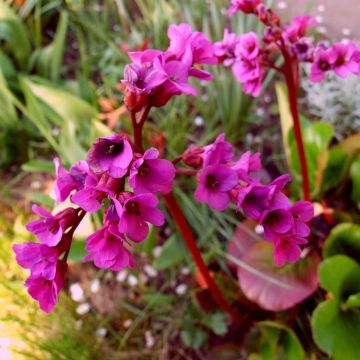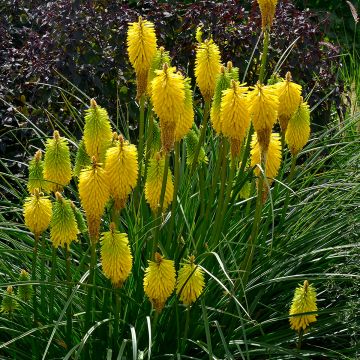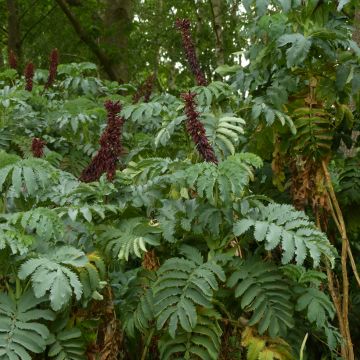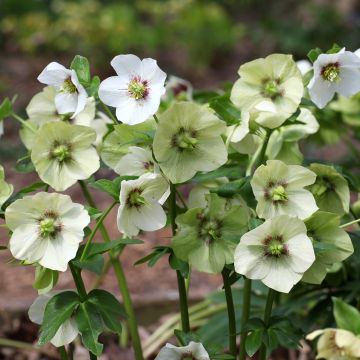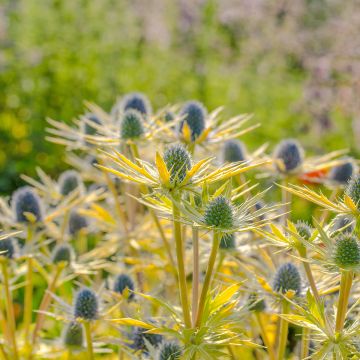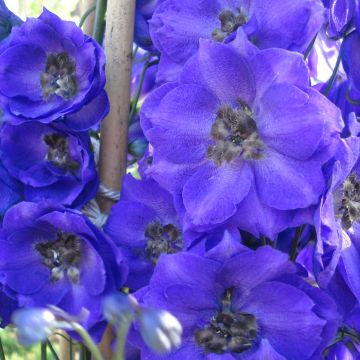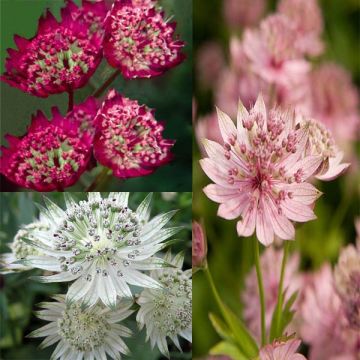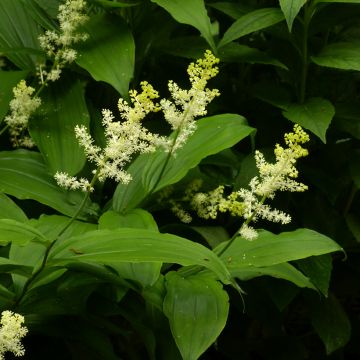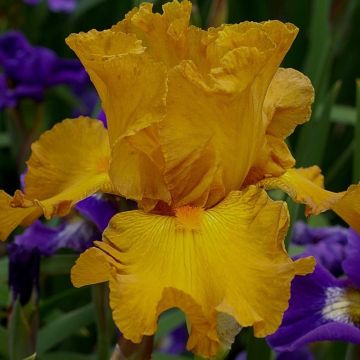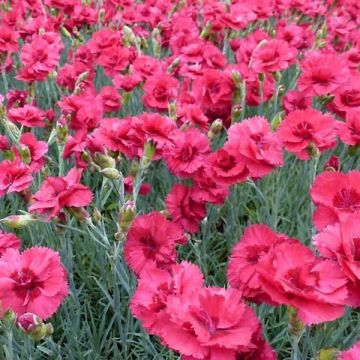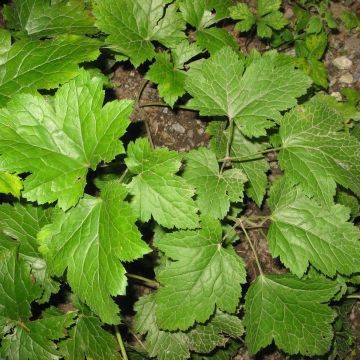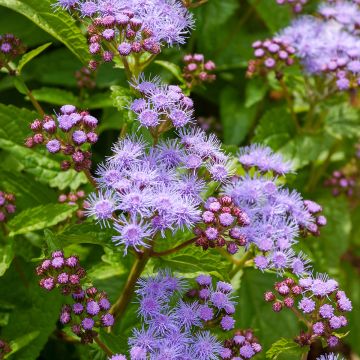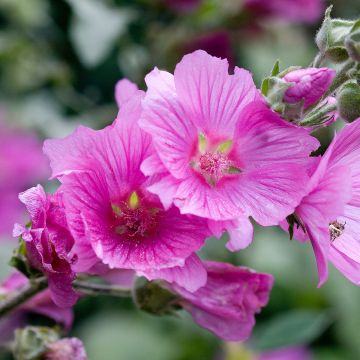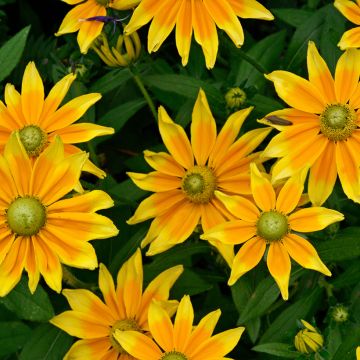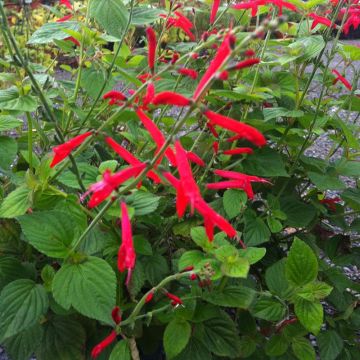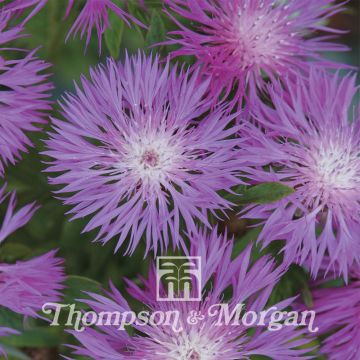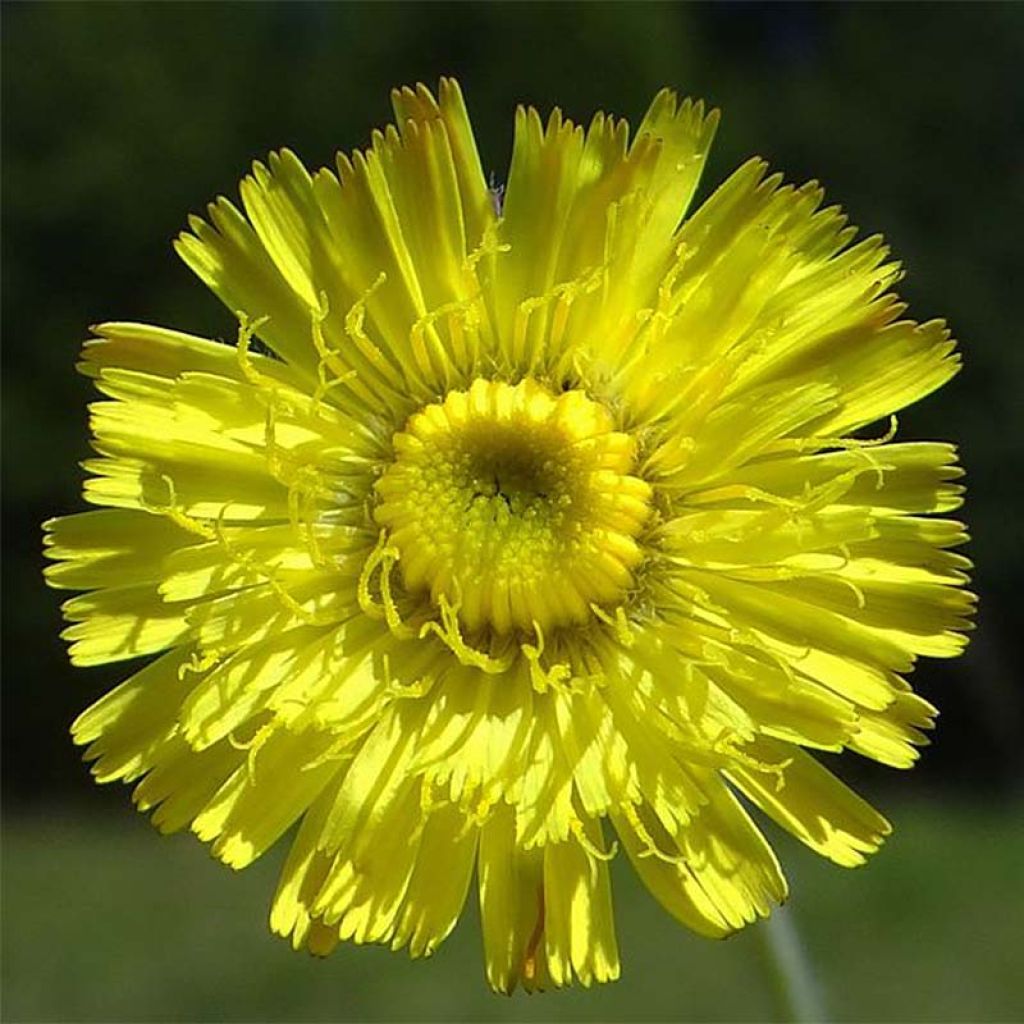

Hieracium pilosella
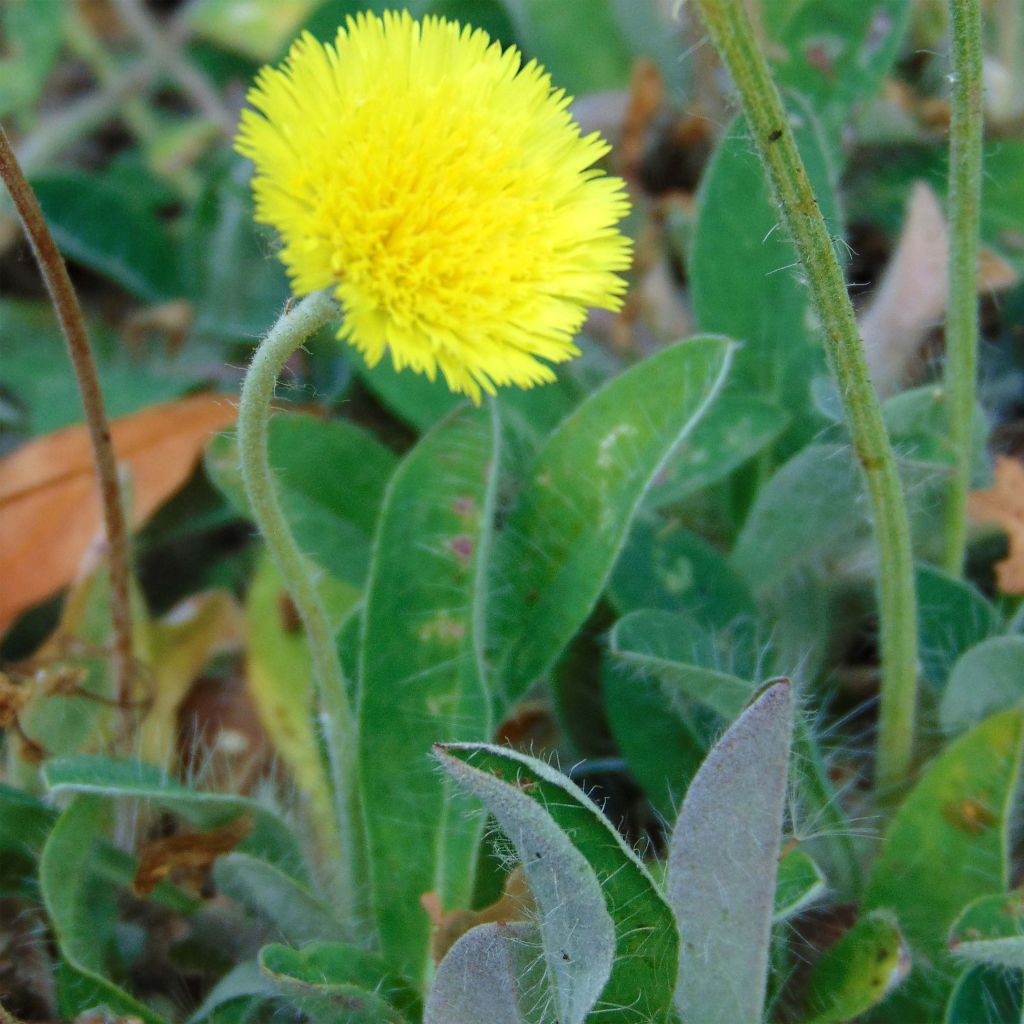

Hieracium pilosella
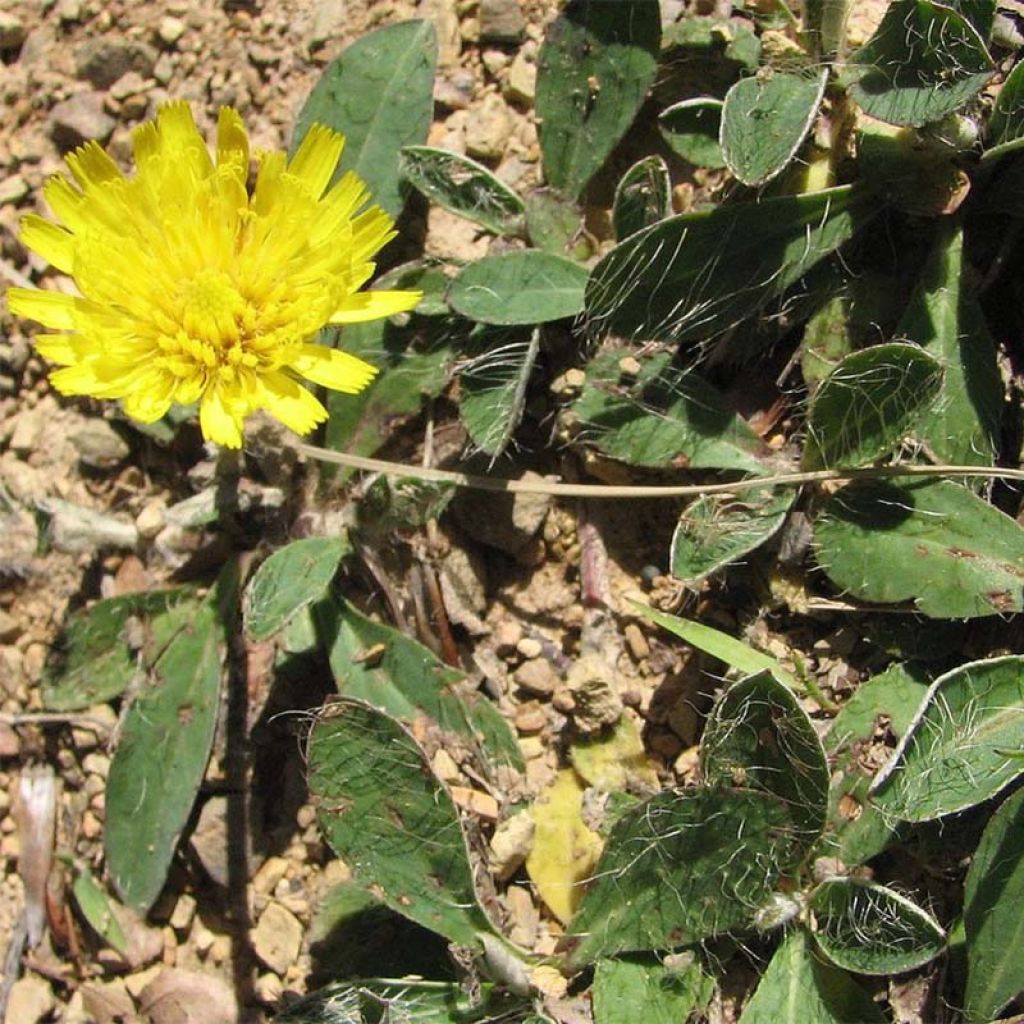

Hieracium pilosella
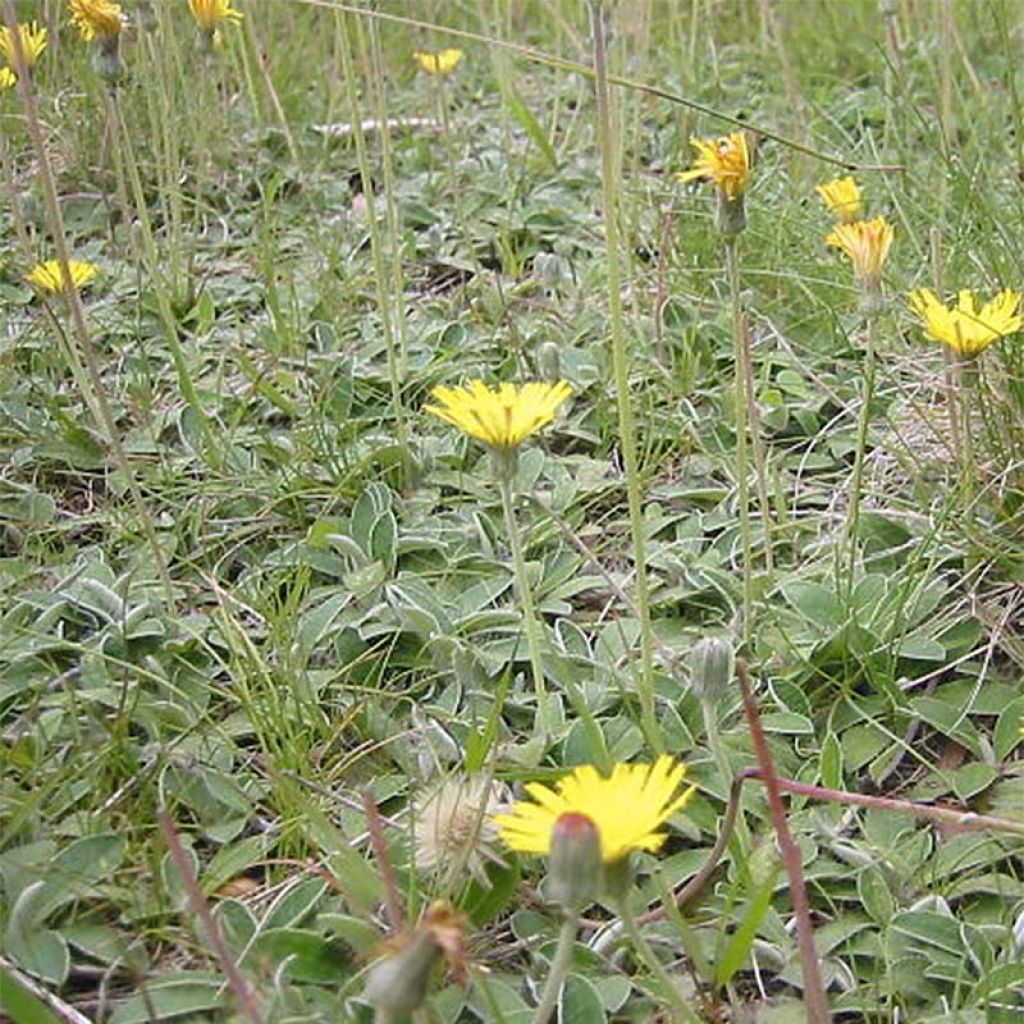

Hieracium pilosella
Hieracium pilosella
Hieracium pilosella
Mouse-ear Hawkweed
This item cannot be shipped to the selected country
Delivery charge from €5.90
More information
Schedule delivery date,
and select date in basket
This plant carries a 12 months recovery warranty
More information
We guarantee the quality of our plants for a full growing cycle, and will replace at our expense any plant that fails to recover under normal climatic and planting conditions.
From €5.90 for pickup delivery and €6.90 for home delivery
Express home delivery from €8.90.

Does this plant fit my garden?
Set up your Plantfit profile →
Description
Heracium pilosella, also known as Pilosella officinarum, commonly called Mouse-Ear Hawkweed, is a small perennial medicinal plant. In the garden, this formidable competitor will be used as a groundcover, especially in dry and well-drained soils where it prevents the germination and development of weeds. It is effective, but also ornamental when it spreads on the ground in a slightly silver carpet dotted with dandelion-like flowers in a light lemon yellow colour. Its low-growing rosettes creep between the rocks in rockeries or in paving joints, vegetating in the inhospitable and stony areas of the garden.
Pilosella officinarum belongs to the large family of Asteraceae, it is a cousin of dandelions, sunflowers, and centaureas. It is a perennial plant native to a vast area ranging from Western Europe to Western Asia. It is also present in North Africa. It is a hardy plant that thrives in dry soils and can adapt to various climates.
The Mouse-Ear Hawkweed forms rosettes of evergreen oblong leaves, green on top, greyish and downy underneath, covered with long silky and silver hairs. At the periphery of the rosettes, the plant develops leafy stolons that root upon contact with the ground, giving rise to new rosettes of leaves. The plant only measures a few centimetres in height, 10 to 15 cm (4 to 6in), but it spreads rapidly and can cover more than 50 cm (20in) on the ground. The flowering, which occurs over a long period of time, takes place from May-June to September depending on the climate. From the centre of the rosettes emerge 25 cm (10in) stems bearing lemon yellow inflorescences that resemble those of dandelions. These are 2 to 3 cm (1in) diameter flower heads that will give way to seeds equipped with silky, greyish to reddish crowns that the wind will disperse. The plant releases substances into the soil that inhibit the development of its competitors through a phenomenon called allelopathy. It sometimes self-destructs, with the rosettes in the centre of the carpet withering away. Rain leaches the exposed areas, and the soil becomes welcoming again for seeds to germinate and give rise to new individuals at the heart of the carpet. The taproot of Heracium makes it difficult to uproot.
The Mouse-Ear Hawkweed, requiring very little maintenance, is a unique groundcover for poor and well-drained soils. However, the plant can become invasive, and its growth can be limited by installing anti-rhizome barriers or by regularly removing unwanted stolons. Being hardy and highly water-efficient, it greatly reduces the proliferation of weeds and gives a precious and well-maintained appearance to the garden. This plant allows you to avoid the watering necessary for a lawn, even in dry climates, or in slightly inaccessible areas that are rarely walked on. It can be associated with other vigorous groundcovering plants such as Phyla nodiflora or Achillea crithmifolia. The pretty silver rosettes of the Mouse-Ear Hawkweed effectively and elegantly cover the ground of established perennial flower beds or beneath deep-rooted shrubs. It also provides an effective and ornamental solution to dress up a rocky and arid slope where nothing else grows.
Properties:
Heracium pilosella contains active principles recognized by modern pharmacology. It has antibiotic, detoxifying, astringent, cholagogue, appetizing, depurative, vulnerary, detergent, and diuretic properties. Pilosella powder is also used to stop nosebleeds.
Report an error about the product description
Hieracium pilosella in pictures
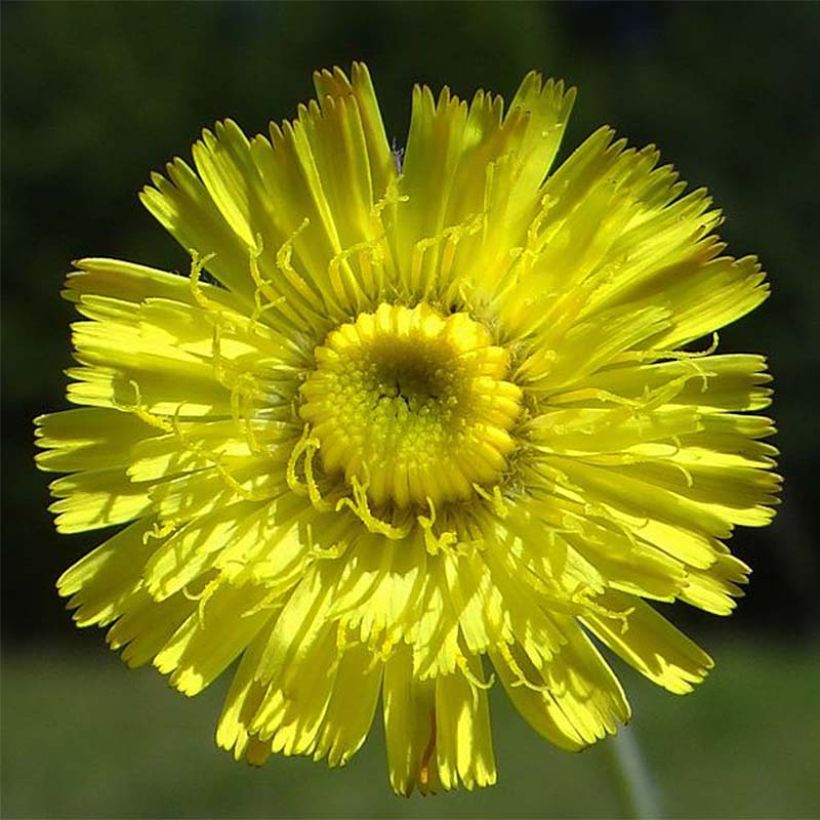

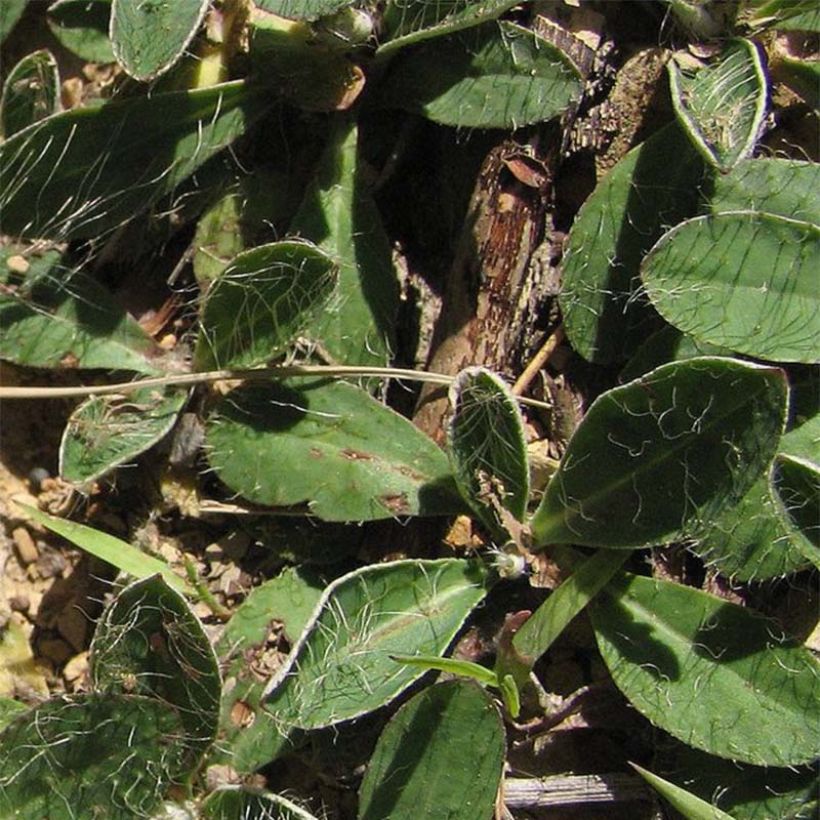

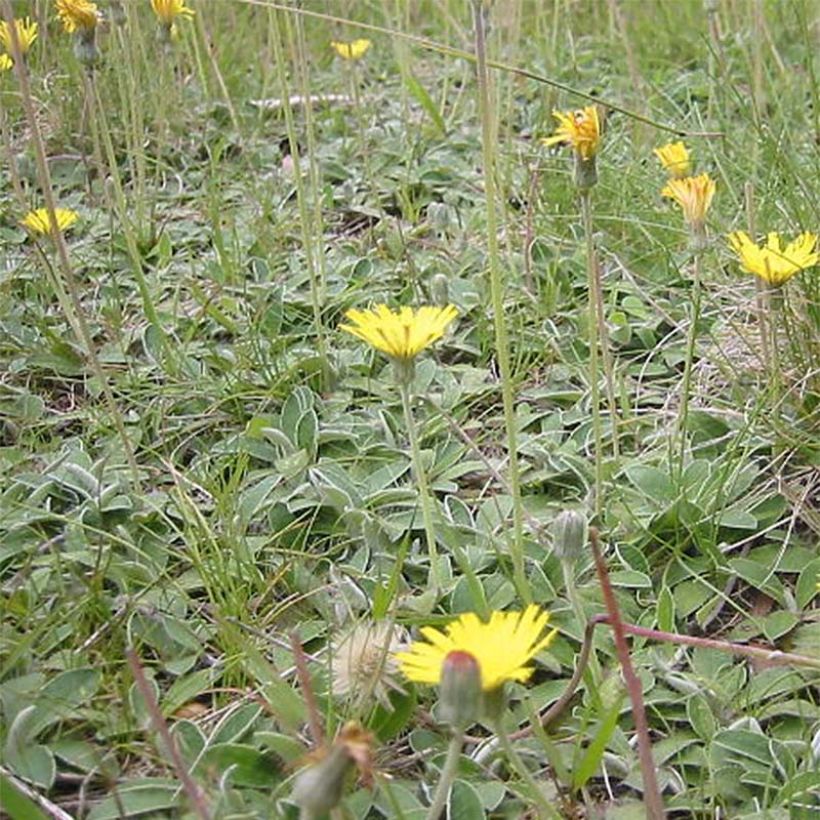

Flowering
Foliage
Plant habit
Botanical data
Hieracium
pilosella
Asteraceae
Mouse-ear Hawkweed
Cultivar or hybrid
Other Perennials A to Z
Planting and care
Heracium pilosella can be easily cultivated in the sun, in well-drained, rocky or sandy, acidic, neutral or calcareous soil, well-prepared and loosened to facilitate its establishment. It adapts quite well to hot and dry soils in summer. In regions that are really dry in summer, watering every 8 days is sufficient to prevent the foliage from drying out. Everywhere else, the plant manages on its own. Careful weeding is necessary in the first year. The plant quickly hinders the development of competing weeds.
Planting period
Intended location
Care
-
, onOrder confirmed
Reply from on Promesse de fleurs
Summer flowering perennials
Haven't found what you were looking for?
Hardiness is the lowest winter temperature a plant can endure without suffering serious damage or even dying. However, hardiness is affected by location (a sheltered area, such as a patio), protection (winter cover) and soil type (hardiness is improved by well-drained soil).

Photo Sharing Terms & Conditions
In order to encourage gardeners to interact and share their experiences, Promesse de fleurs offers various media enabling content to be uploaded onto its Site - in particular via the ‘Photo sharing’ module.
The User agrees to refrain from:
- Posting any content that is illegal, prejudicial, insulting, racist, inciteful to hatred, revisionist, contrary to public decency, that infringes on privacy or on the privacy rights of third parties, in particular the publicity rights of persons and goods, intellectual property rights, or the right to privacy.
- Submitting content on behalf of a third party;
- Impersonate the identity of a third party and/or publish any personal information about a third party;
In general, the User undertakes to refrain from any unethical behaviour.
All Content (in particular text, comments, files, images, photos, videos, creative works, etc.), which may be subject to property or intellectual property rights, image or other private rights, shall remain the property of the User, subject to the limited rights granted by the terms of the licence granted by Promesse de fleurs as stated below. Users are at liberty to publish or not to publish such Content on the Site, notably via the ‘Photo Sharing’ facility, and accept that this Content shall be made public and freely accessible, notably on the Internet.
Users further acknowledge, undertake to have ,and guarantee that they hold all necessary rights and permissions to publish such material on the Site, in particular with regard to the legislation in force pertaining to any privacy, property, intellectual property, image, or contractual rights, or rights of any other nature. By publishing such Content on the Site, Users acknowledge accepting full liability as publishers of the Content within the meaning of the law, and grant Promesse de fleurs, free of charge, an inclusive, worldwide licence for the said Content for the entire duration of its publication, including all reproduction, representation, up/downloading, displaying, performing, transmission, and storage rights.
Users also grant permission for their name to be linked to the Content and accept that this link may not always be made available.
By engaging in posting material, Users consent to their Content becoming automatically accessible on the Internet, in particular on other sites and/or blogs and/or web pages of the Promesse de fleurs site, including in particular social pages and the Promesse de fleurs catalogue.
Users may secure the removal of entrusted content free of charge by issuing a simple request via our contact form.
The flowering period indicated on our website applies to countries and regions located in USDA zone 8 (France, the United Kingdom, Ireland, the Netherlands, etc.)
It will vary according to where you live:
- In zones 9 to 10 (Italy, Spain, Greece, etc.), flowering will occur about 2 to 4 weeks earlier.
- In zones 6 to 7 (Germany, Poland, Slovenia, and lower mountainous regions), flowering will be delayed by 2 to 3 weeks.
- In zone 5 (Central Europe, Scandinavia), blooming will be delayed by 3 to 5 weeks.
In temperate climates, pruning of spring-flowering shrubs (forsythia, spireas, etc.) should be done just after flowering.
Pruning of summer-flowering shrubs (Indian Lilac, Perovskia, etc.) can be done in winter or spring.
In cold regions as well as with frost-sensitive plants, avoid pruning too early when severe frosts may still occur.
The planting period indicated on our website applies to countries and regions located in USDA zone 8 (France, United Kingdom, Ireland, Netherlands).
It will vary according to where you live:
- In Mediterranean zones (Marseille, Madrid, Milan, etc.), autumn and winter are the best planting periods.
- In continental zones (Strasbourg, Munich, Vienna, etc.), delay planting by 2 to 3 weeks in spring and bring it forward by 2 to 4 weeks in autumn.
- In mountainous regions (the Alps, Pyrenees, Carpathians, etc.), it is best to plant in late spring (May-June) or late summer (August-September).
The harvesting period indicated on our website applies to countries and regions in USDA zone 8 (France, England, Ireland, the Netherlands).
In colder areas (Scandinavia, Poland, Austria...) fruit and vegetable harvests are likely to be delayed by 3-4 weeks.
In warmer areas (Italy, Spain, Greece, etc.), harvesting will probably take place earlier, depending on weather conditions.
The sowing periods indicated on our website apply to countries and regions within USDA Zone 8 (France, UK, Ireland, Netherlands).
In colder areas (Scandinavia, Poland, Austria...), delay any outdoor sowing by 3-4 weeks, or sow under glass.
In warmer climes (Italy, Spain, Greece, etc.), bring outdoor sowing forward by a few weeks.


































